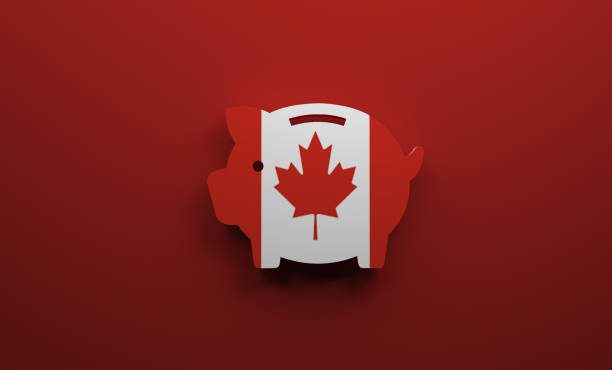The Canadian economy bucked the trend of flat growth over the past several months, growing by 0.2% on a month-on-month (m/m) basis in November. This print comes in above Statistics Canada’s advanced guidance and market expectations for a 0.1% m/m gain. The flash estimate for December points to a healthy advance of 0.3% m/m.
November’s reading was broad-based, with output expanding in 13 of 20 industries. The gain was led by goods-producing industries (+0.6% m/m), while the services side eked out a 0.1% m/m gain.
On the goods side, gains in both non-durable (+1.2% m/m) and durable goods manufacturing (+0.6% m/m) helped the sector chalk up the biggest contribution to the monthly GDP gain. Growth in mining, quarrying, and oil & gas (+0.3% m/m) and agriculture (2.4% m/m) provided an assist to November’s growth.
On the services side, a rebound in wholesale trade (+0.7% m/m), led by motor vehicles (+2.6% m/m), did most of the heavy lifting. Transportation and warehousing also grew by a healthy +0.8% m/m. Services gains were offset by a 0.3% m/m slip in educational services as a result of the Quebec strikes, retail trade (-0.1% m/m) and finance and insurance (-0.2% m/m).
The advanced reading of 0.3% m/m growth in December was driven by increases in manufacturing, real estate, and oil & gas. December’s education services and construction were cited as headwinds.
Key Implications
November’s GDP print surprised against expectations that the economy would advance at a more modest 0.1% m/m pace. With today’s print and guidance for a December GDP rebound, fourth-quarter GDP is tracking just over 1% quarter-on-quarter annualized. This is roughly in line with our own expectations and materially above that of the Bank of Canada’s (BoC) newly revised projection of no growth.
The Canadian economy looks to be finishing the year on a stronger note than most expected. Markets are still focused on the timing of rate cuts, but a heating up of the Canadian economy may push expectations for a first cut further down the line. Markets are leaning towards a rate cut by the spring, when it is expected that trends in both growth and inflation will be in the Bank’s comfort zone. While the BoC remains in a holding pattern as it awaits confirmation that inflation will decisively settle at their 2% inflation target, strong data prints like today’s GDP release will be keeping the Bank on their toes.









